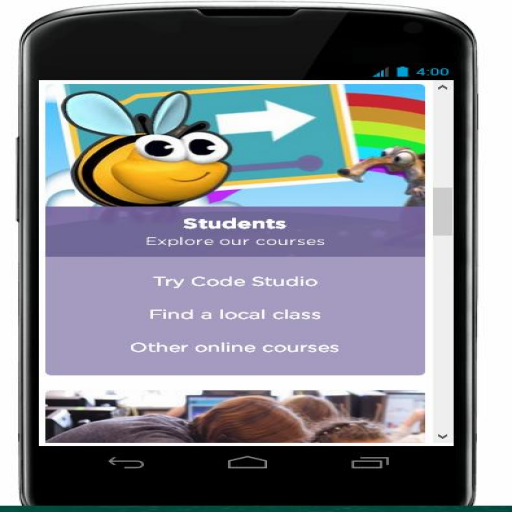
Coding for Apps: Innovative Development Strategies

Introduction:
In the realm of software development, mastering the art of Coding for Apps is paramount for creating innovative and user-centric solutions. This article delves into the strategies and techniques that developers employ to craft applications that stand out in a competitive market.
Foundations of Coding for Apps:
At the core of successful app development is a strong foundation in coding. This paragraph explores the significance of mastering programming languages like Java, Swift, or Kotlin. Developers adept in these languages possess the skills needed to bring creative app ideas to life through efficient and robust coding practices.
Coding Best Practices:
Efficiency and maintainability are key goals in Coding for Apps, and this section highlights the importance of adhering to coding best practices. Clean code, version control, and collaborative tools contribute to a streamlined development process, reducing errors and facilitating effective collaboration within development teams.
Responsive Design and User Experience (UX):
Creating a positive user experience is a focal point in Coding for Apps. This paragraph discusses the integration of responsive design principles, ensuring that apps adapt seamlessly to various screen sizes and orientations. A user-centric approach enhances the overall user experience, contributing to the success of the application.
Optimizing Performance Through Coding:
Efficient coding practices extend into performance optimization. This section explores strategies for code optimization, including streamlined algorithms and resource-efficient coding. Optimized code not only enhances app performance but also ensures a smooth and responsive user interface.
Integration of Advanced Features:
Coding for Apps goes beyond basic functionalities to the integration of advanced features. This paragraph explores how developers leverage coding skills to incorporate cutting-edge functionalities such as augmented reality, machine learning, or real-time collaboration. Advanced features elevate the app’s functionality and user appeal.
Security Protocols in Coding:
In an era where data security is paramount, implementing robust security protocols is crucial in Coding for Apps. This section delves into the importance of secure authentication methods, data encryption, and other security measures to protect user data and maintain user trust.
Continuous Testing and Iterative Development:
Coding for Apps involves a commitment to continuous testing and iterative development. Rigorous testing throughout the development lifecycle ensures the identification and resolution of issues early on. An iterative approach allows for continuous improvement and refinement based on user feedback.
Cross-Platform Development Considerations:
The demand for cross-platform applications is on the rise, and developers must consider the nuances of Coding for Apps that function seamlessly across different platforms. This section discusses the challenges and strategies in coding for cross-platform compatibility using frameworks like React Native or Xamarin.
User-Centric Design and Feedback Integration:
User-centric design is a guiding principle in Coding for Apps. This paragraph explores how developers actively integrate user feedback loops into the coding process. By incorporating user input, developers refine the app’s design and functionality, ensuring that it resonates with the target audience.
Looking Ahead in Coding for Apps:
In conclusion, Coding for Apps is an evolving journey. This paragraph reflects on the dynamic nature of technology and the role coding plays in shaping the future of app development. Developers who embrace innovation and stay informed about emerging trends are poised to lead the way in creating the next generation of successful and user-friendly applications.
To delve deeper into the world of Coding for Apps, visit Coding for Apps. This comprehensive resource provides valuable insights, tutorials, and updates for developers eager to master the art of coding for innovative and user-centric applications.



